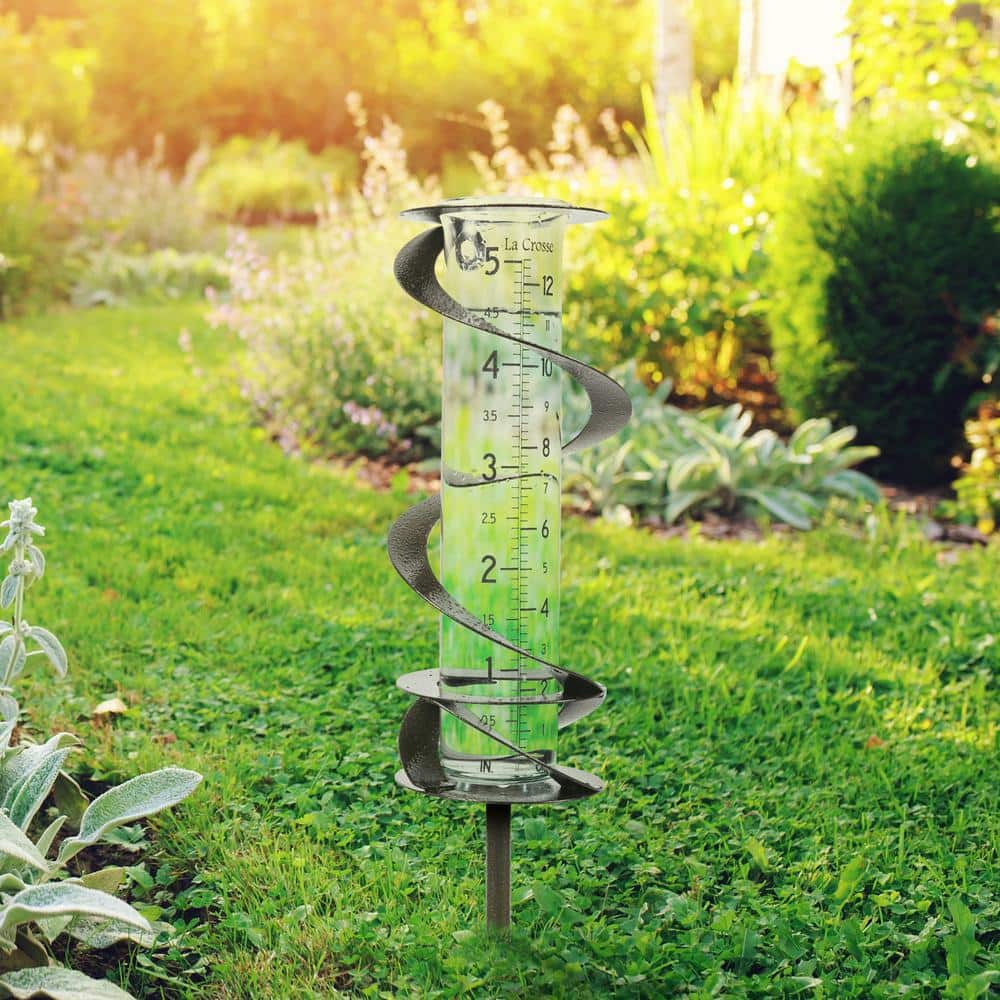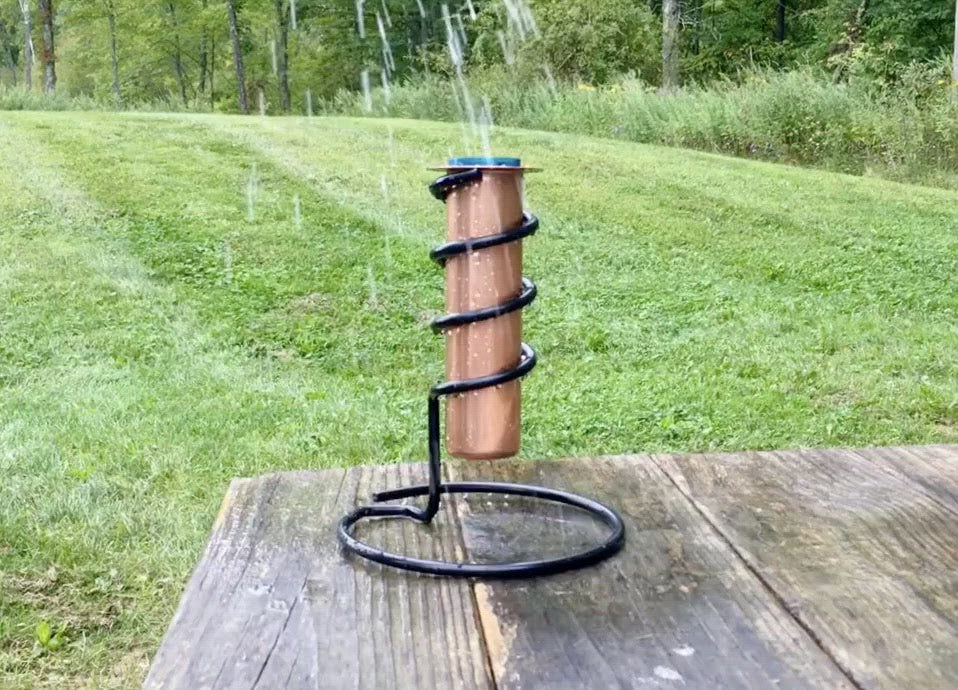The Rain Gauge: Figuring Out Rainfall Patterns and Enhancing Weather Condition Understanding
The Rain Gauge: Figuring Out Rainfall Patterns and Enhancing Weather Condition Understanding
Blog Article
Recognizing Rain Scale Measurements: A Complete Guide
Understanding Rainfall Scale Measurements: A Full Guide is a detailed resource for any individual seeking a deeper understanding of rain scale measurements. Whether you are a specialist in the field or merely have an inquisitiveness about rains measurement, this guide will certainly furnish you with the knowledge required to efficiently make use of rain gauge measurements.
The Significance of Rainfall Gauge Measurements
The significance of rainfall scale measurements hinges on their duty as a vital tool for precisely evaluating and checking rainfall levels - The Rain Gauge. Rain scale dimensions give useful information that aids hydrologists and meteorologists understand patterns and fads in rainfall, which consequently aids in different fields such as farming, water source administration, and climate study

Accurate rains dimensions are important for farming as they aid in determining irrigation needs, plant growth, and return forecasts. Farmers depend on this information to make enlightened choices concerning when to water their crops, stopping water waste and making certain ideal crop wellness. In addition, rainfall data assists in evaluating the effect of dry spells or too much rains on crop manufacturing, allowing farmers to take appropriate measures to minimize losses.
Water resource administration heavily relies upon rainfall gauge dimensions to identify the amount of water available in reservoirs, rivers, and lakes. Accurate measurements enable water managers to make informed choices regarding water allowance and circulation, ensuring sustainable usage and stopping scarcities. This details is specifically crucial in regions where water deficiency is a pressing issue.
Furthermore, rainfall scale measurements play a crucial function in climate research. By properly gauging rainfall over extended durations, researchers can examine long-lasting climate patterns and determine changes in precipitation patterns as a result of environment adjustment. This information assists researchers and policymakers develop strategies to adapt to and reduce the effects of environment modification.
Types of Rainfall Scales
There are different sorts of rainfall evaluates utilized to measure rainfall precisely. Each type has its very own benefits and restrictions, making them suitable for various objectives and settings.
One of the most typical sort of rainfall scale is the basic cylindrical scale. It contains a round container with a broad funnel-shaped top to collect rain (The Rain Gauge). The water is then channelled into a finished gauging tube, enabling accurate dimension of the amount of rains
Another kind is the evaluating rain gauge. This scale uses a sensitive balance to determine the weight of the collected rainfall. By transforming the weight into quantity, the amount of rainfall can be identified. Considering rain evaluates are specifically useful in locations with icy precipitation or hefty rainfall, as they are not impacted by spraying or evaporation.
Tipping bucket rain determines use a system that pointers a tiny bucket each time it gathers a specific quantity of rain. The variety of suggestions is videotaped and made use of to calculate the rainfall. This kind of scale is frequently made use of in automated climate stations as a result of its reduced upkeep demands and capability to offer real-time data.
Ultimately, there are radar-based rainfall determines that usage radar modern technology to approximate rains. These gauges measure the strength of rains in a details area by assessing the mirrored radar signals. They are specifically beneficial for determining precipitation over big areas or in remote locations.
Just How Rainfall Gauge Measurements Work
Rain gauge dimensions are based upon the principle of accumulating and determining the quantity of rainfall. These instruments are made to record rain and offer an exact dimension of the rains in a specific area.
The most typical kind of rain scale is the common cylindrical scale. It is composed of a cylindrical container with a vast opening on top to gather rain. The collected water is after that funneled right into her latest blog a determining tube, which is calibrated to supply the measurement in systems of length, typically inches or millimeters.
An additional kind of rainfall gauge is the tipping bucket scale. When they get to a specific weight limit, it utilizes a seesaw-like device with two containers that tip. Each suggestion of the container represents a specific volume of rainfall, enabling accurate dimensions.
Some sophisticated rainfall evaluates are equipped with electronic sensing units that automatically document and transfer data. These sensors make use of various innovations such as ultrasound or laser to measure the quantity of rains properly.
Aspects Influencing Rainfall Gauge Precision
Elements that can affect the precision of rainfall gauge dimensions include different ecological and operational variables. Ecological elements such as wind, temperature level, and climatic stress can dramatically affect the precision of rainfall gauge measurements. Strong winds can trigger the rainfall gauge to turn or relocate, causing unreliable readings. Similarly, severe temperature levels can trigger dissipation or cold of the gathered rainwater, resulting in distorted dimensions. Adjustments in climatic pressure can also influence the precision of rain scale dimensions, as they can modify the rate at which rainfall is accumulated.
Operational variables, on the various other hand, describe aspects associated to the layout, setup, and maintenance of the rain scale. The placement of the rain gauge in an area with blocked air flow or near buildings or trees can bring about inaccurate analyses because of obstruction or splattering of rainfall. Moreover, incorrect calibration or irregular upkeep of the rain gauge can also affect its precision.
To make sure the accuracy of rainfall gauge dimensions, it is crucial to take into consideration these variables and take suitable steps. This might involve selecting an ideal place for the rain scale, making sure proper installment and maintenance, and regularly adjusting the instrument. By dealing with these aspects, precise and trustworthy rainfall dimensions can be gotten, which are crucial for different applications such as weather projecting, hydrological studies, and farming.
Tips for Accurately Measuring Rain
To ensure specific rainfall dimensions, it is crucial to apply specific techniques and strategies when making use of a rainfall scale. Here are some pointers for precisely gauging rains:
Proper Placement: Position the rainfall gauge in an open area, away from trees, buildings, and various other obstructions that may conflict with the rainfall collection. It needs to be positioned on a level surface area to prevent water pooling or drainage.

Read the Scale official source Appropriately: When taking measurements, checked out the water degree at eye degree from all-time low of the curve. Prevent parallax errors by straightening your sight straight with the water level.
Consistent Time Period: Establish a constant time period for measuring rainfall, such as every 24-hour or after each rains occasion. This article makes sure exact monitoring and contrast of precipitation data.
Document Measurements Immediately: Tape rains measurements asap after collection to prevent evaporation or splilling. Make use of a rainfall scale with a built-in information logging feature for automatic recording.
Final Thought
Finally, understanding rain gauge dimensions is crucial for accurately gauging rains. Different kinds of rain gauges are offered, each with their own benefits and constraints. It is very important to take into consideration factors that can impact the precision of rainfall scale measurements, such as placement, wind, and dissipation. By complying with the tips supplied, one can make certain more precise and dependable rains dimensions.
Comprehending Rainfall Scale Measurements: A Total Overview is an extensive source for anybody seeking a deeper understanding of rainfall scale dimensions. Whether you are a professional in the area or just have an interest concerning rainfall measurement, this overview will equip you with the knowledge required to properly use rain scale dimensions.
The most common type of rain scale is the common round scale.The most usual type of rainfall scale is the conventional round gauge.An additional type of rain scale is the tipping container gauge.
Report this page